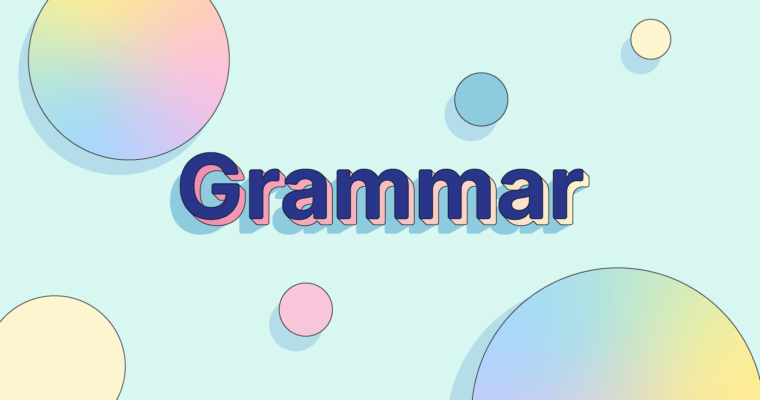
A run-on sentence is a common English writing mistake that happens when a sentence incorrectly connects clauses. People write run-on sentences all the time, but luckily they’re easy to correct. In this guide, we explain everything you need to know about run-on sentences, including how to fix them.
Table of Contents
3 ways to fix a run-on sentence
Examples of run-on sentences and how to fix them
What are run-on sentences?
To understand run-on sentences, you first have to understand independent and dependent clauses. A clause is a basic unit of language that includes a subject and a predicate (which requires at least one verb). A single clause alone, with proper punctuation, is a complete sentence.
I fell asleep.
The TV woke me up.
If you want to connect two or more clauses together in English, you need to use the right grammar. Usually, you can connect clauses correctly by adding a comma with a conjunction or adding a semicolon to the sentence.
I fell asleep, but the TV woke me up.
I fell asleep; the TV woke me up.
If you don’t connect the clauses with a semicolon or comma with a conjunction, the sentence is incorrect. These mistakes are called run-on sentences.
Likewise, if you use too many conjunctions or use them incorrectly (for example, without the comma), that’s also a run-on sentence.
3 ways to fix a run-on sentence
1 Divide the clauses into two sentences
Often in writing, the best way to fix a run-on sentence is to split it into two or more separate sentences. Be sure to capitalize the first letter of each sentence and use a period, question mark, or exclamation point between them.
2 Insert a semicolon between the two clauses
Another way to write better sentences is by using a semicolon to connect two clauses in the same sentence. This works great for comma splices because you can simply replace the comma with a semicolon.
3 Use a comma and a conjunction
Conjunctions work well for describing the relationship between two clauses. You can use either a coordinating conjunction (for, and, nor, but, or, yet, and so) or a subordinating conjunction (because, if, while, etc.).
If you use a coordinating conjunction, place a comma before the conjunction. If you’re using a subordinating conjunction, use a comma only if the subordinate clause comes first. You don’t need a comma if the subordinate clause comes second.
Examples of run-on sentences and how to fix them
Types of run-on sentences
What is a fused sentence?
A fused sentence joins two or more clauses without any punctuation.
What is a comma splice?
Comma splices are when two or more clauses are separated with only a comma and are missing a conjunction.
What is a polysyndeton?
A polysyndeton is a sentence that uses too many conjunctions or more conjunctions than necessary.
Run-on sentences FAQs
What are run-on sentences?
Run-on sentences are a type of grammar mistake that happens when two or more clauses are joined incorrectly.
What are the different kinds of run-on sentences?
There are three types of run-on sentences: A fused sentence is when clauses are joined with no punctuation. A comma splice is when clauses are joined with only a comma (and nothing else), and a polysyndeton is when a sentence uses too many conjunctions or more conjunctions than necessary.
How can you fix a run-on sentence?
You can fix run-on sentences just by adding a semicolon or a conjunction with a comma between the clauses. Alternatively, you can simply split the sentence into two or more separate sentences.


